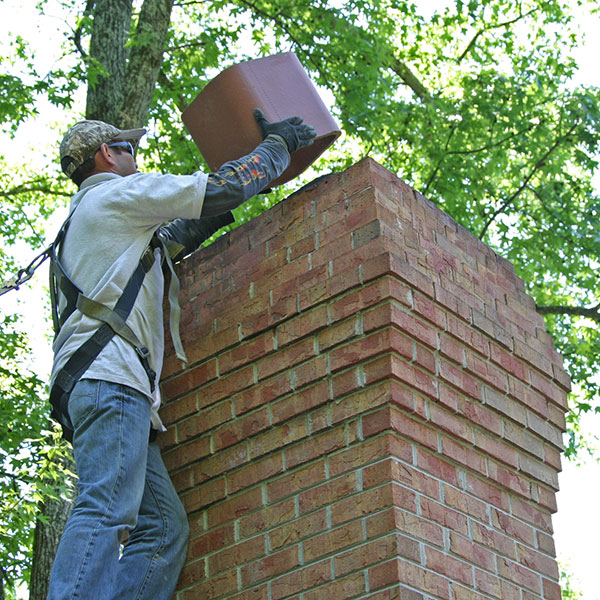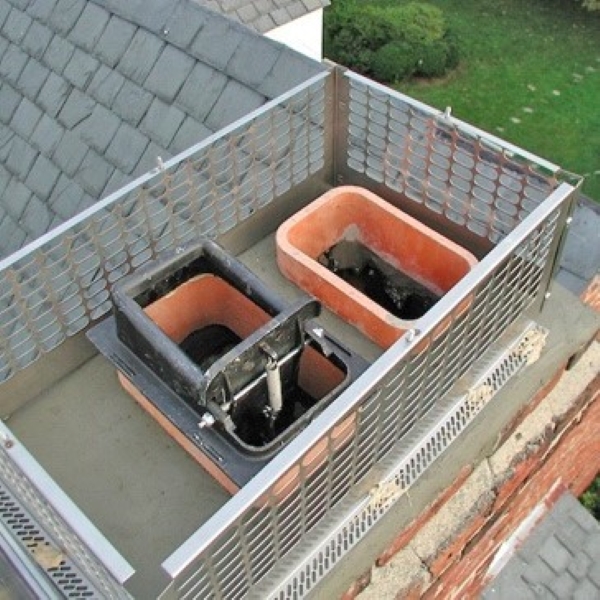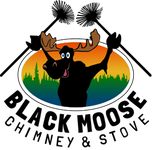While the chimney may seem like a simple structure, it compromises several integral components explicitly designed to reduce the risk of fire and exposure to dangerous gases, including carbon monoxide. Among the two most essential parts are the chimney damper and flue. Although some homeowners may use the terms interchangeably, they are two distinct chimney components that serve separate but equally vital functions.
 The Flue
The Flue
The flue is a pipe in the middle of the chimney, and when correctly sized and installed, it allows homeowners to enjoy a burning fireplace experience safely. It extends from just above the throat damper to the chimney crown at the top of the chimney. When you light a fire in the fireplace, the chimney draft carries the smoke, soot, and exhaust up the flue where it exits the chimney. It also protects the interior masonry walls from the fireplace’s high temperatures, so it doesn’t spread to combustible materials in your home. Many flues are also lined with clay tiles to protect the duct and further insulate the interior masonry from the heat, flames, and sparks. An unlined flue is more vulnerable to heat and fire-related damages. When flues need to be relined, many homeowners choose a stainless-steel flue liner. It increases energy efficiency, are easier to maintain, and are more durable than other types of flue liners.
 The Damper
The Damper
The damper is like a door that is typically installed in the throat at the base of the flue to control the airflow in the chimney. The damper must remain open when there is a fire burning in the firebox. Otherwise, smoke and exhaust will be forced back into your living space instead of up the flue. An open damper also fills the flue with oxygen to fuel the fire. When the fire is extinguished or burns out, the damper should be closed. It forms an airtight seal preventing heat loss and keeping rain, snow, and debris out of the fireplace. It will also prevent cold gusts of wind from chilling your home.
As previously mentioned, dampers are traditionally installed in the chimney’s throat. However, many homeowners are opting to install a top-sealing damper. Its location at the top of the chimney increases energy efficiency, so homes will stay warmer in winter and cooler in summer. It also further protects the flue from wind, rain, snow, small animals, and debris.
Chimney Inspections and Cleaning
Annual chimney inspections and cleaning are essential to maintaining a safe and efficient fireplace. Damages or obstructions to the damper, flue, or flue liner can restrict the airflow impeding the ventilation of smoke and fumes. Also, creosote, a byproduct of combustion, accumulates inside the flue and can also build-up on the damper. The flammable material increases the risk of fire and exposure to carbon monoxide when a chimney is not regularly cleaned. A damaged or inoperable damper reduces energy efficiency and allows moisture to seep into the firebox that can lead to costly repairs.


